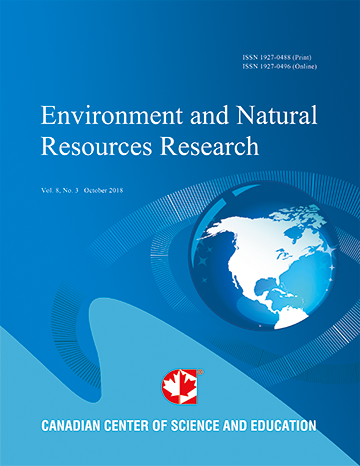Functioning of Salt Tolerant Anabaena variabilis and Nostoc calcicola Strains in Salt Stress, Destructors of Hexachlorocyclohexane (HCH) in Saline Conditions
- Gulchekhra Kadirova
- Kim Andreevich
- Lorenz Adrian
- Rasulov Bakhtiyor
Abstract
We investigated the degradation of hexachlorocyclohexane (HCH) in soil by two cyanobacteria isolates Anabaena variabilis N 21 and Nostoc calcicola N 25 under high concentrations of NaCl. After four months of incubation cultures in saline soils with 4% NaCl decreased HCH concentrations considerably from 2 µg/g soil to 14 ng/g soil, representing 1% of the introduced HCH. In pure cultures 1 M NaCl was not lethal but significantly changed the morphology of the cyanobacteria. Enzyme assays for aldehyde oxidase and xanthine oxidase indicated the overexpression of xanthine oxidase in Nostoc calcicola N25 under salt-stress. Our results indicate that the strains can be used as biopreparations for bioremediation of salt-affected soils polluted with persistent chlororganic compounds often found in Uzbekistan soils.- Full Text:
 PDF
PDF
- DOI:10.5539/enrr.v2n1p63
Journal Metrics
Google-based Impact Factor (2016): 6.22
h-index (November 2017): 12
i10-index (November 2017): 19
h5-index (November 2017): 11
h5-median (November 2017): 12
Index
Contact
- Emily LinEditorial Assistant
- enrr@ccsenet.org
